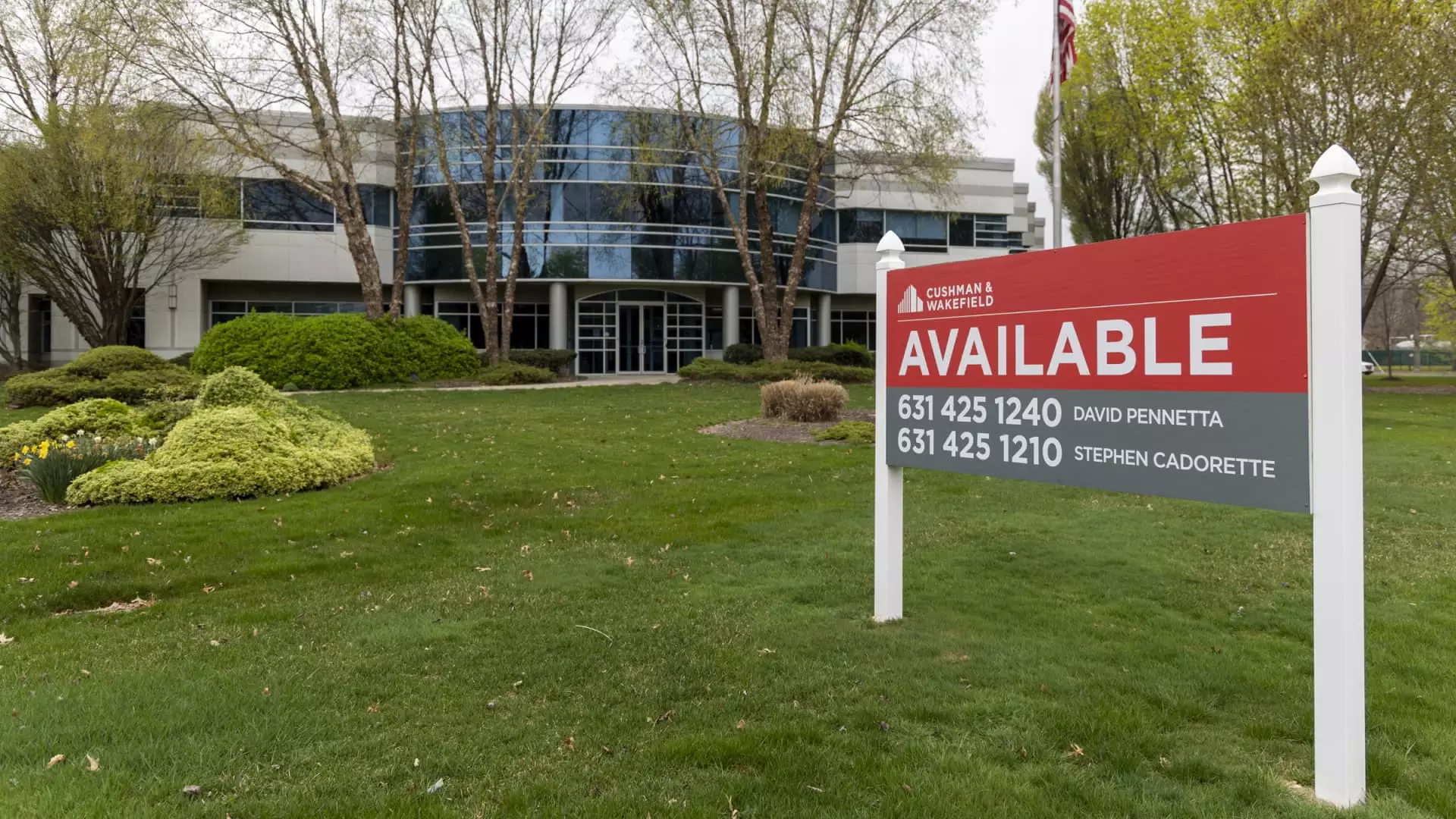The commercial real estate (CRE) sector is at a critical junction, marked by recent changes in monetary policy that may catalyze a significant recovery. In September 2023, the Federal Reserve embarked on an interest rate cutting initiative for the first time since 2020, decreasing the federal funds rate by 50 basis points. This move not only signals an easing of tight monetary conditions but also sets the stage for a promising turnaround in the CRE market, particularly in sectors sensitive to interest rates.
Historically, high borrowing costs have been a substantial deterrent for investors and developers in the CRE space. The period following the initial disruptions caused by the Covid-19 pandemic saw a reevaluation of property values, coupled with weakened tenant demand and an oversupply of properties. As interest rates rose during this time, deal-making slowed to a standstill. However, with the Fed’s recent policy shift, experts anticipate that the cost of financing will decrease, making it cheaper for investors to borrow money and facilitating a renewed flow of transactions.
Analysts at Wells Fargo have characterized this development as a significant “green shoot” for the CRE sector, implying that the implications of the Fed’s actions might lay a firm foundation for a robust recovery. Although lower interest rates alone do not guarantee an instant revival, they have the potential to empower more investors to engage in transactions, thus fostering a more vibrant market. Bank of America’s Alan Todd notes that such policy adjustments could instill a newfound sense of stability, encouraging hesitant borrowers to take action rather than maintain a wait-and-see approach.
Recent trends reflect this positive sentiment, with rising refinancing and sales volumes indicating an uptick in market confidence following the Fed’s decision. The second quarter of 2024 saw the first quarterly increase in overall transaction volumes since 2022, with multifamily properties leading the way. According to Altus Group, over $40 billion in transactions occurred in this quarter alone, marking a 13.9% increase from the previous quarter. Despite a year-over-year decline of almost 10%, the rise nonetheless demonstrates a stabilization in the market dynamics.
Furthermore, the MSCI U.S. REIT Index has shown an upward trajectory since spring 2023, providing additional evidence that property valuations may be on the mend. As supply levels begin to contract, the balance between available properties and buyer demand appears to be improving, albeit unevenly across various sub-sectors.
Amid this cautious optimism, the office sector continues to grapple with persistent challenges. While recent reports indicate a modest positive net absorption rate—the occupancy of over two million square feet during the second quarter—this is insufficient to counteract the rising vacancy rates that have been afflicting the market. Wells Fargo’s analysis reveals that vacancies have reached a record high of 16.7%, casting doubts on the sustainability of any recovery.
The urban office market is still reeling from the impacts of remote work arrangements and reduced demand for traditional office spaces. Even though major urban centers like Manhattan have reported increased visitation rates, the underlying issues such as elevated vacancy rates and stagnant pricing are indicative of deeper struggles within the office real estate segment. Experts have suggested that the full recovery of this sector may require additional time, with some projecting a timeline of a year or more for prices to stabilize.
In contrast to the office sector’s woes, the multifamily market has been witnessing a surge in demand. Recent analytical reports highlight that net absorption rates have peaked, reaching their highest levels in nearly three years. Developers are also ramping up construction, with projections suggesting over 518,000 rental units will be completed by the end of 2024, underscoring the ongoing strength of this asset class.
This newfound enthusiasm for multifamily living is propelled by overarching trends in housing affordability. With soaring average mortgage payments that now stand at 31% above average rental costs, consumers are increasingly gravitating towards rental options. Moreover, the stabilization of vacancy rates—a phenomenon not observed in over two years—hints at a more balanced supply-demand landscape, positioning the multifamily sector favorably as we move forward.
While the commercial real estate market seems to be navigating through uncharted waters fueled by shifting economic conditions, the journey toward recovery is far from uniform. Certain segments, particularly multifamily properties, are reaping benefits from evolving consumer preferences and economic realities. Conversely, the office sector faces uphill battles that will require strategic navigation and significant time before substantial recovery is realized.
The recent interest rate cuts represent a pivotal moment in the landscape of commercial real estate—it could either be the catalyst for a sweeping resurgence or merely a fleeting moment of optimism within a complex and evolving economic environment. Investors, stakeholders, and policymakers must remain proactive and adaptable to leverage the opportunities that lie ahead as the tide begins to turn.

